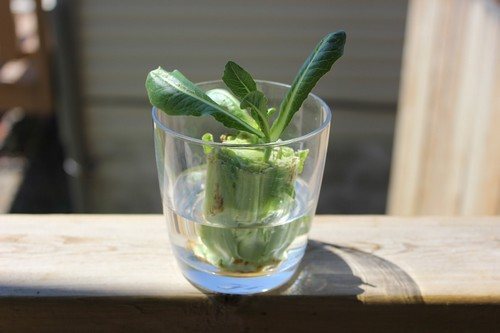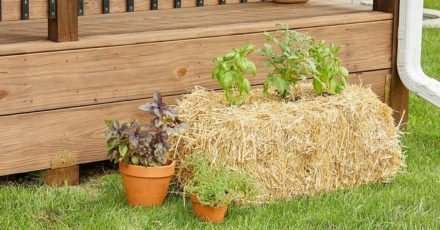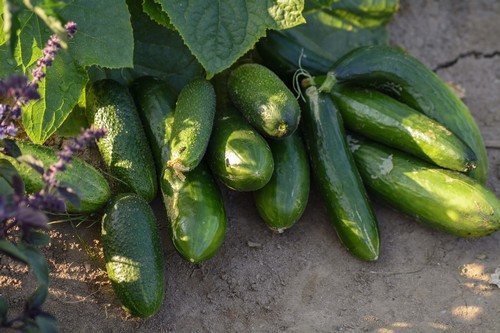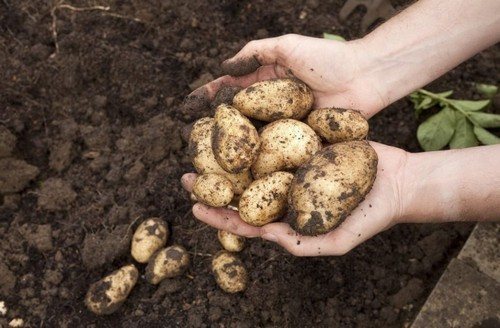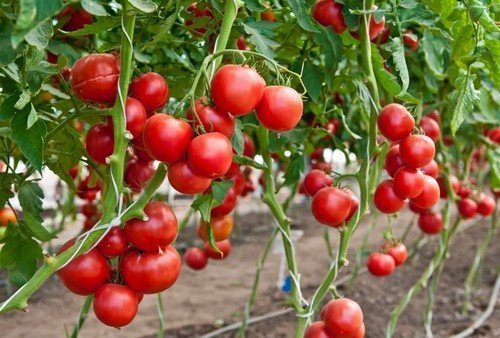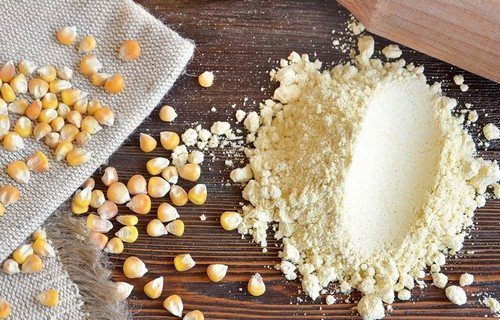It has long been known that you can grow salad leaves and herbs from seeds on a windowsill all year round, investing a minimum of effort and expense. In winter, fresh herbs are almost unavailable in many cities of our country, and in stores the prices for them only increase every year. The desire to “garden” at home is dictated by the need for the vitamins it contains.
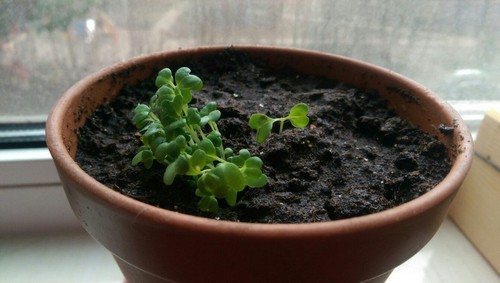
Few people know that a full-fledged harvest for the needs of the housewife can be achieved from ordinary waste root crops, fruit tops, and herb stems.
How to breathe a second life into the roots and cuttings of vegetables and fruits left after cooking?
Ginger
The remaining ginger root will grow into a new plant if planted in the ground and provided with sufficient moisture and warmth. The pot of ginger should be placed in a place where there is no direct sunlight. It won't take long for the ginger sprouts to appear. After extracting the root along with the leaves, you can divide it into several parts. Place one of them back in the pot and use the rest for cooking.
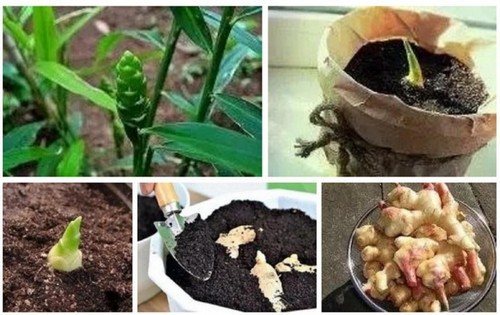
Onion and garlic
Growing onions and garlic is identical. If you have a bunch of onions with small young bulbs, then it is enough to pinch off the lower part of one feather by 3-4 centimeters. In the case of garlic, take a small clove and place it in water. You can choose a dried clove; if it has sprouted a little, this is even better. A jar of water is placed in a sunny place, the water in it is changed periodically.Fresh onion or garlic feathers will appear very soon.
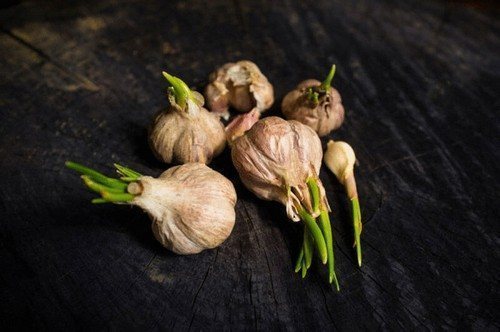
Avocado
To sprout, you will need a ripe avocado pit, thoroughly washed from the fruit pulp and peeled. You can also use the unpeeled one. But in the first option, the process of sprouting will speed up. The rounded side of the pit is placed two-thirds of the way into moist soil. Next, you need to provide watering up to 2 times a week. Of course, there is no guarantee that fruit will appear. But, in any case, a beautiful indoor plant will please the eye and purify the air.
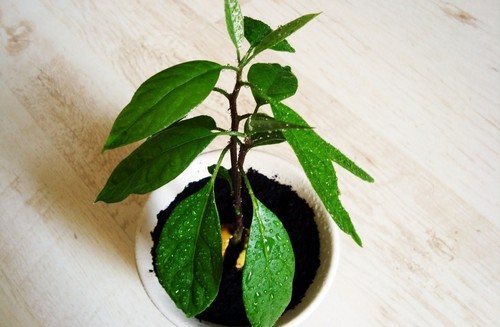
Mint, lemon balm
These aromatic herbs, indispensable when added to tea, grow well in the window at home all winter. To do this, the cuttings are placed in water for 10 days, and after the roots appear, they are planted in the ground. Because of the love of lemon balm and mint for light, the planting site must be sunny or provided with artificial lighting. However, in the first days after planting, it is better to darken the seedlings a little to avoid sunburn on the leaves. Both herbs prefer a moist environment, so watering should be done frequently and preferably with a spray bottle. Regular pruning of bushes with leaves only promotes the appearance of new ones.
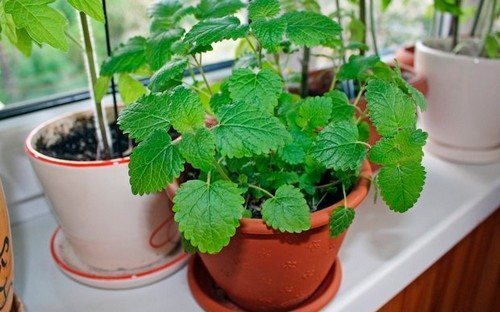
Basil
Basil, like lemon balm and mint, grows from cuttings. Both the top leaves and side shoots are suitable, which are placed in a glass of water for up to two weeks until roots appear. The water needs to be changed daily. Two weeks after planting day, you can use the pleasant-tasting herb in salads. Basil must be provided with constantly moist soil, and in winter with artificial lighting for 12 hours.To prevent basil from growing upward and producing more leaves, it is best to trim the top of the plant.
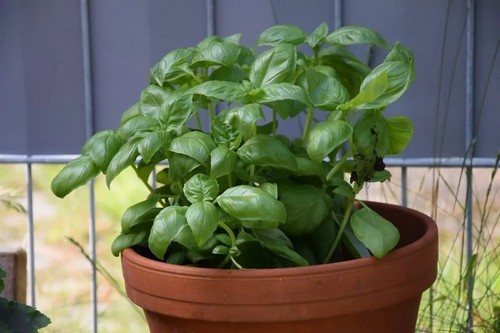
Beet
Beet tops are undeservedly ignored as an ingredient in many dishes. After all, you can safely add it to salads. And Ossetian pies filled with beet tops are simply amazing! In order for you to constantly have a supply of beet leaves, you don’t even need to plant beets in the ground. A jar of water or moistened sand and cutting off the upper part from where the tops grow is enough. The water should be changed up to 4 times a week and make sure that the root crop does not rot.
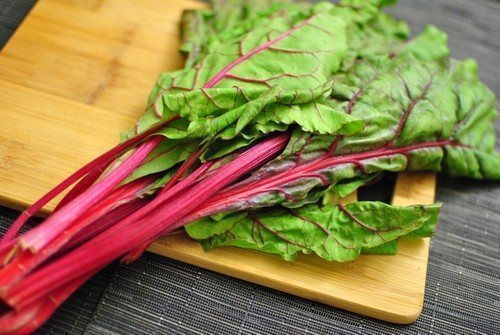
Chinese cabbage
New leaves of Chinese cabbage can grow from the stalk. Before planting, you need to make sure that there are no black spots on it that can cause rotting. You will need its lower part, approximately six centimeters long. The stalk is placed in a small bowl of water. Care involves periodically changing the water and providing a cool place.
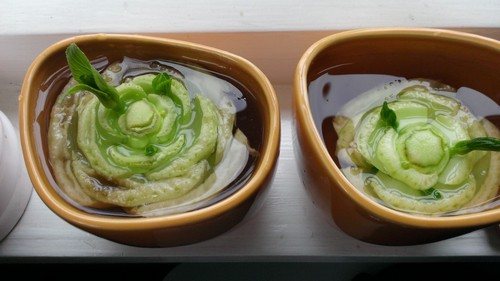
A pineapple
You can get a pineapple seedling from the top of the fruit. To prevent it from rotting, thoroughly clean it of the pulp and cut off several leaves at the base to about 3 centimeters. You can sprinkle the tip with crushed coal. The fresher and healthier the leaves look, the better for root growth; withered ones should also be trimmed. The top should lie at room temperature for a week. Then it is installed in a dark container in a bright and warm place. The water should be changed every two days. When roots appear, the top with leaves is planted in prepared soil with drainage. The appearance of the fetus should not be expected soon. In the best case, with proper care, it will appear only after a year and a half.
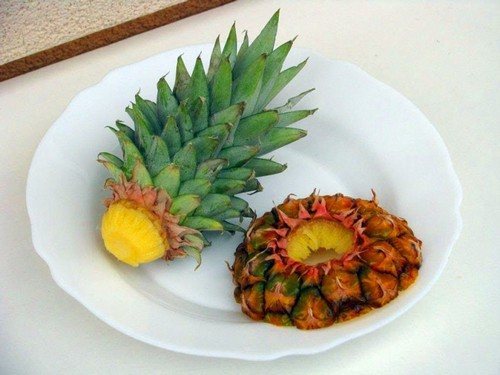
Romaine lettuce
Like Chinese cabbage, romaine lettuce can sprout new leaves from a stalk placed in water. It is also possible to transplant into the ground after roots appear on it. This plant is a light-loving plant, so it needs to look for an appropriate place. Watering is moderate - once or twice a week.
